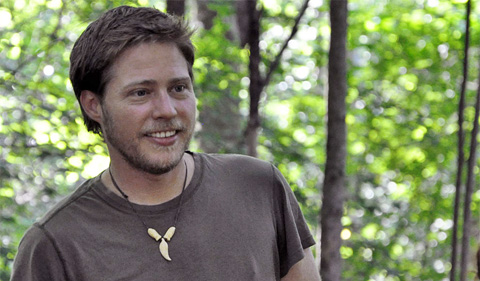The Environmental & Plant Biology Colloquium Series presents Dr. Paul E. Patton on “The Origins of Food Production and Village Formation in Eastern North America: Evidence from the Hocking Valley” on Friday, Sept. 25, at 11:50 a.m. in Porter 104.
Patton, Assistant Professor of Anthropology at Ohio University, is an archaeobotanist.
Abstract: The domestication of plants and animals was undoubtedly one of the most important innovations in the biological and cultural trajectory of humans. At least seven regions throughout the world have provided evidence for the independent domestication of plants and animals; among them is Eastern North America. Plant species from this region that underwent domestication by 3800 (calibrated) years before present (BP) include squash (Cucurbita pepo ssp. ovifera), bottle gourd (Lagenaria spp.), marshelder (Iva annua), sunflower (Helianthus annuus), and pitseed goosefoot (Chenopodium berlandieri). In this colloquim, Patton, discusses macrobotanical data recovered from excavations by the Ohio University Archaeological Field School that document the process of domestication of these species in southeastern Ohio. Highlighting his on-going research, Patton explains the cultural setting in which early food production took hold and what these data could mean for contemporary issues in food security and production.




















Comments